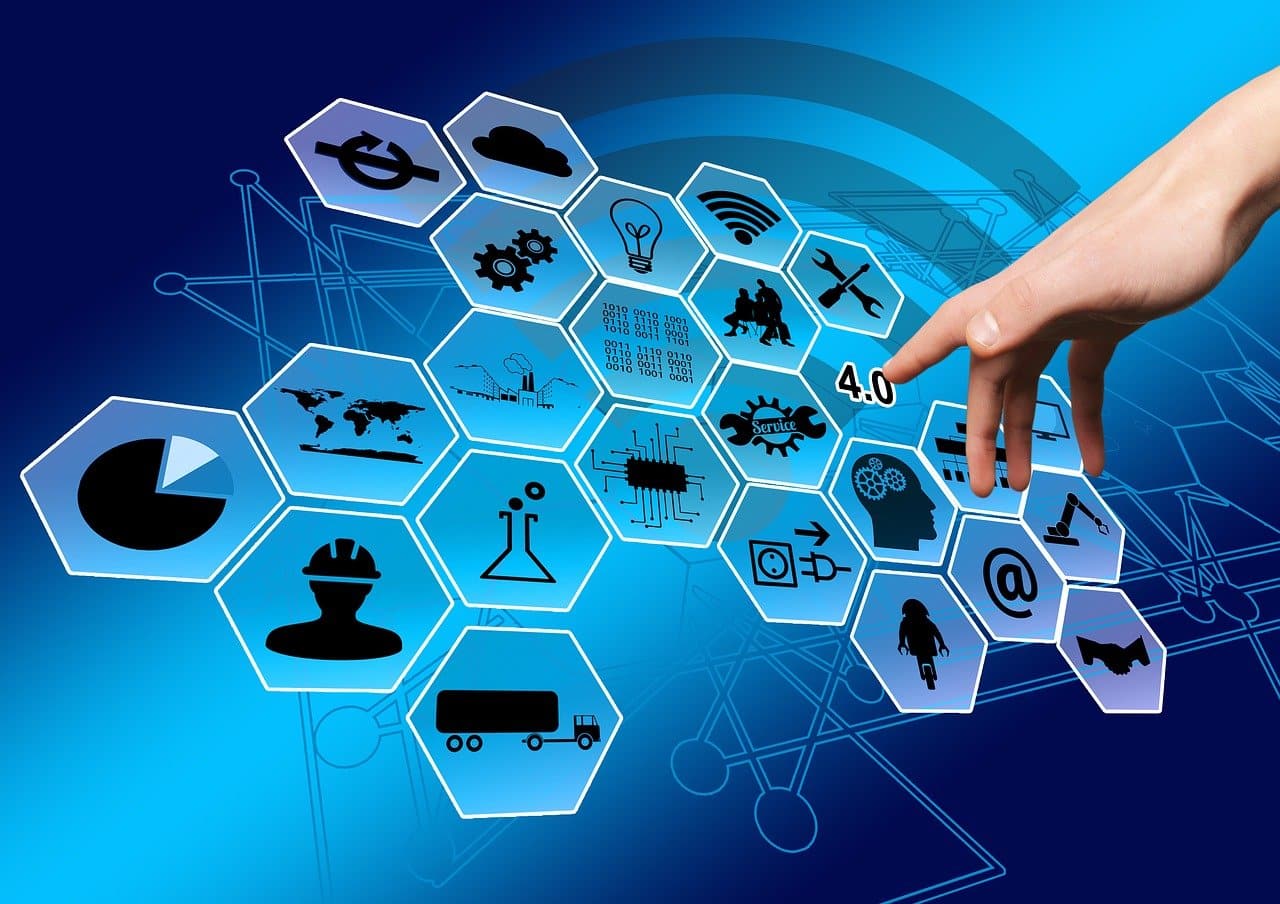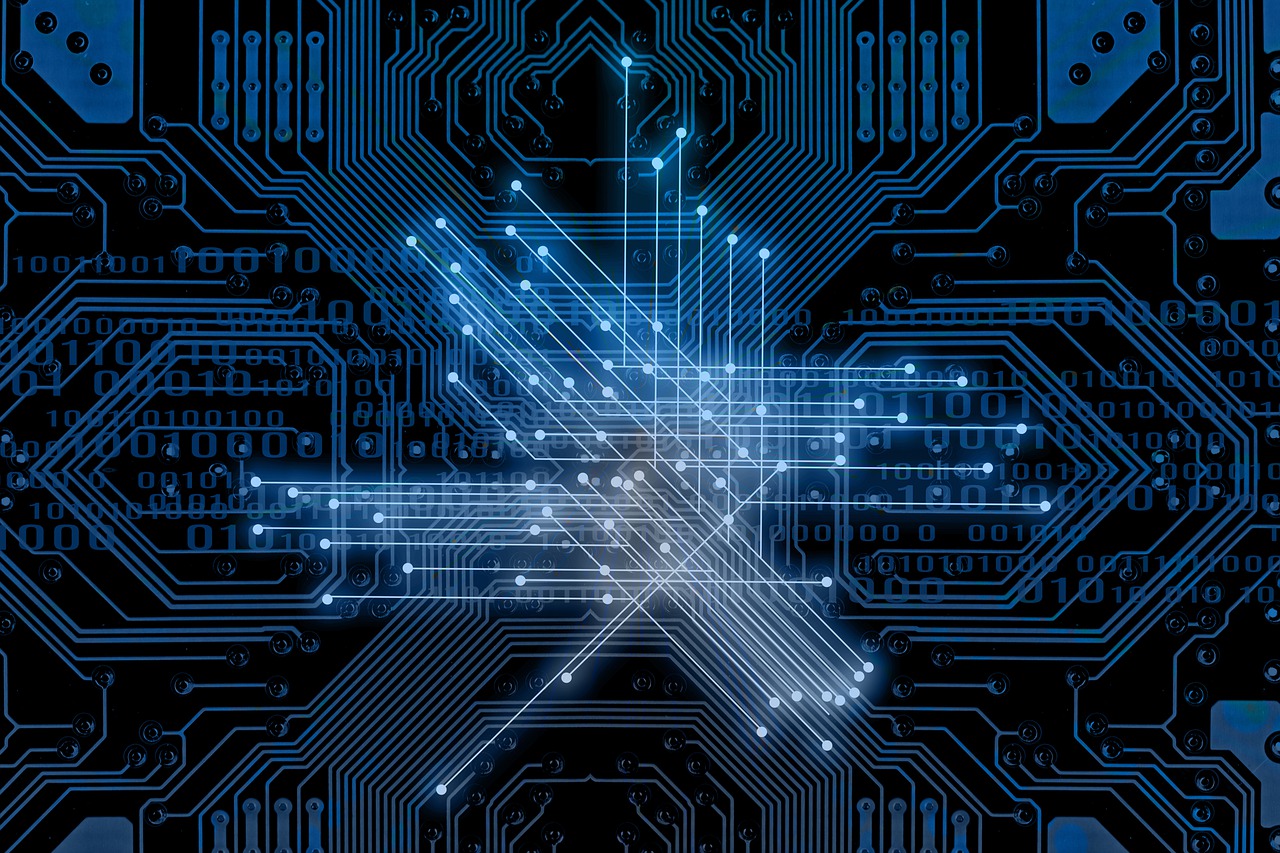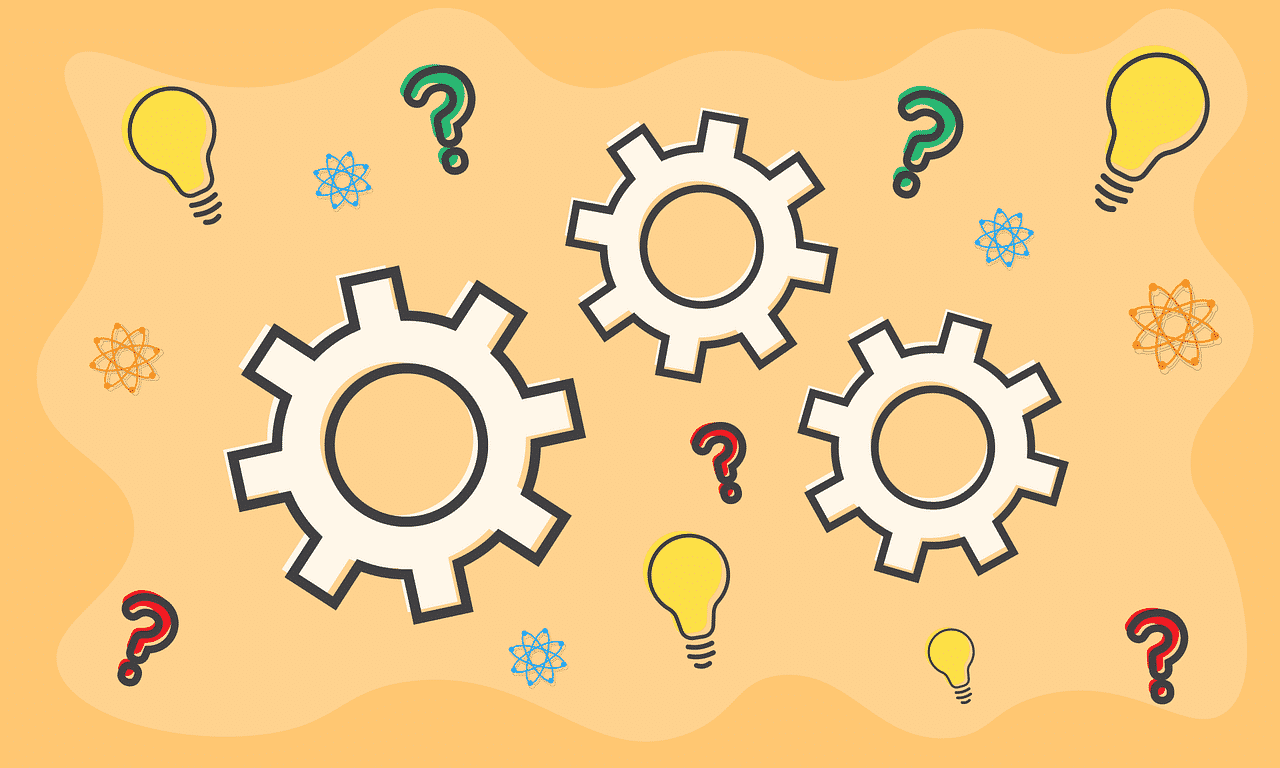IoT has been a trending topic for quite some time now. If you are looking to start a career in this technology, it is only prudent to learn and practice. And what better way to master a skill than developing projects around it. This blog will talk about IoT projects for beginners that you can quickly start working on. So, without further ado, let us upskill and reskill ourselves.
- What is IoT?
- Importance Internet of Things
- Technologies That Made IoT Possible
- Top IoT Projects for Beginners
- Conclusion
What is IoT?
The Internet of Things (IoT) is a network of interconnected, internet-connected gadgets that can gather and transmit data without human intervention across a wireless network.
There are no limits to what you can do in your personal or professional life. A connected medical device, a biochip transponder (think livestock), a solar panel, a connected automobile with sensor systems that alert the driver to a variety of potential issues (fuel, tire pressure, needed maintenance, and more), or any object equipped with sensors that can gather and transfer data over a network can all be considered a “thing.”
IoT and the possibility of more income, lower operational costs, and improved efficiencies motivate organisations today. Regulatory compliance is also a driving force behind businesses. IoT device installations give the data and insights needed to optimize workflows, visualize usage patterns, automate operations, meet compliance needs, and compete more effectively in a changing business environment, regardless of the reasons.
This blog will provide an overview of IoT and top projects for beginners. Furthermore, this article will assist you in learning some facts related to IoT.
So, let’s get started.
Importance Internet of Things (IoT)
The Internet of Things (IoT) is an internetworking of physical devices objects—”things”—embedded with sensors, software, and other technologies that allow them to communicate with other devices and systems over the Internet. The sophistication of these devices ranges from simple domestic items to advanced technological instruments. According to experts,e more than 10 billion connected IoT devices will be connected by 2020 and 22 billion by 2025.
In recent years, the Internet of Things has emerged as one of the most advanced techniques of the twenty-first century. It is now possible to connect everyday objects to the Internet via embedded devices, such as kitchen appliances, autos, thermostats, and baby monitors, allowing seamless interaction between people, processes, and things.
Physical things can share and collect data with a minimum human intervention using low-cost computers, the cloud, big data, analytics, and mobile technologies. Digital systems can record, monitor, and alter communication between connected things in today’s hyperconnected environment. The physical and digital worlds bump, but they work together.
Also Read: IoT Career Opportunities: Ultimate Guide 2022
Technologies That Made IoT Possible
While the idea of IoT has been around for a long time, a collection of recent advances in various technologies has made it practical.
- Sensor technology that is low-cost and low-power: IoT technology is becoming more accessible to more manufacturers because of low-cost, dependable sensors.
- Connectivity: Various internet network protocols have made it simple to link sensors to the cloud and other “things.”
- Platforms for cloud computing: Cloud platforms are becoming more widely available, allowing organisations and individuals to acquire the infrastructure they need to grow up without managing it all themselves.
- Analytics and machine learning: Businesses can acquire insights faster and more simply thanks to advancements in machine learning and analytics and access to various data types stored in the cloud. The advent of these linked technologies constantly pushes the frontiers of IoT, and IoT data feeds these technologies as well.
- Artificial intelligence that converses (AI): Natural-language processing (NLP) has been brought to IoT devices (such as digital personal assistants Alexa, Cortana, and Siri) thanks to developments in neural networks, making them more tempting, reasonable, and viable for home usage.
Top IoT Projects for Beginners
1. Home Automation System
It’s one of the fantastic IoT projects for using the Internet to automate modern dwellings. This IoT-based home automation system automates the operation of household appliances over the Internet. So, it allows users to link all household appliances and objects to the Internet of Things and control them from anywhere globally using a smartphone.
An AVR family microcontroller, a WiFi connection, and an LCD screen display system status in this IoT-based home automation system. A WiFi modem is connected to the microcontroller, and the microcontroller receives user commands over the Internet, processes them, and displays the system status on an LCD screen.
2. Weather Reporting System based on Raspberry Pi
This IoT project monitors and updates weather conditions over the Internet to give real-time weather reporting. Temperature, humidity, and rainfall are all monitored by this weather reporting system. So, this system, which Raspberry Pi motorizes, includes a raindrop sensor, a temperature sensor, an LCD screen, and a buzzer.
When this system is turned on, it uses WiFi to deliver data to the webserver. On the online server system, these values will be updated in real-time. This technique can assist in determining the weather in a particular area. You can check the weather forecasts right now on the Internet. You can also define threshold values and alerts for specific occurrences, and you’ll be notified whenever the weather parameters cross that level.
3. IoT Based Intelligent Traffic Management System
A sophisticated traffic management system based on the Internet of things can reduce drivers’ wait at intersection signals. It may incorporate features such as a parking space identification and allocation system and an anti-theft system. This is one of the best IoT projects you can work on.
4. Car Parking Management System
Parking is one of the most persistent encounters in today’s cities. There is a need for a practical car parking management system that can assist in the resolution of the parking situation. The Internet of Things (IoT) can assist in developing such a system. So, car parking management systems based on the Internet of Things (IoT) aid in efficient parking spaces.
It employs infrared sensors, dc motors, a WiFi modem for internet access, and an AVR microprocessor to drive the system. The IR sensors detect if a parking place is occupied, and the dc motors act as gate openers. The system updates data on the cloud server by checking the number of available parking spots. This method allows you to view available parking spaces online from anywhere and drive right to them.
5. Health Monitoring System
IoT technology can save a lot of lives in the healthcare industry. So, the Internet of Things-based Health Monitoring System is an excellent IoT project that can assist patients in keeping track of their health. This technology allows users to keep track of their body vitals such as blood pressure, blood sugar level, and heartbeat and send the information to healthcare specialists over the Internet. Also, patients can receive timely advice from healthcare professionals based on their current health situation.
Several sensors, a microprocessor, a WiFi connection, and an LCD screen make up this system. If the system perceives any sudden changes in a patient’s vitals, it sends an email to the user/healthcare professional, enlightening them of their condition.
6. Air & Noise Pollution Monitoring System
In metropolitan areas, noise and air pollution levels increase which needs addressing urgently. Therefore, one can monitor air and noise pollution levels using an IoT-powered air and noise pollution monitoring system. And this information can be kept for later usage on web servers.
Air sensors detect the presence of hazardous gases and chemicals in the air. It also keeps track of sound levels and sends them to an online server for analysis. Sensors communicate with a microcontroller, which sends data over the Internet. Authorities will be able to utilize the information to adopt pollution-control measures.
7. Smart Street Light Monitoring System
One of the significant issues with street lights is that they are left on even when no one is on the street during daylight hours. This problem can be solved with the help of an IoT-powered street light monitoring system. Aside from that, the system would provide consumption monitoring, minimal power use, and rapid detection of defective lights.
The LDR sensors of the Smart Street Light Monitoring System track the movement of people and vehicles on the street. If any movement is detected, the sensors will alert the microcontroller, which will switch on the street light. It can also track predicted power use and detect any light faults, sending the information to an IoT monitoring system for resolution.
8. Smart Garage Door
One of the essential features of a smart home is a smart garage. These doors not only deter robbers, but they also close on their own when they detect that the automobile has been removed. Unlike a traditional garage door, the smart garage door makes it difficult for burglars to access the home. This is one of those IoT projects that gives the user a simple monitoring system that allows them to be more security conscious, effectively boosting their home’s safety and security. So, the system comprises a transmitting unit in the garage that tracks the location of the garage door and a portable, wireless receiving device in the house that displays the state of the garage door.
Conclusion
There are more linked devices in our world than there are individuals. The Internet of Things (IoT) will revolutionize how corporations, governments, and individuals interact with the rest of the linked world.
The Internet of Things is here, and it’s growing every day. With so many devices now connected to the internet, it’s no wonder that courses on the topic are in high demand. Whether you’re looking to learn about the basics of the Internet of Things or want to delve deeper into the topic, check out the IoT course available online.
However, IoT issues certainly exist, just as they do with any new technology. Acceptance, cost, connectivity, security, and other issues are all concerns, and standards are still being established due to the influx of new players. Despite these obstacles, the IoT’s long-term ambitions hold much potential.
IoT innovation will continue to evolve as more technology and connectivity techniques enter the market. It will also keep transforming disconnected objects into smart connected gadgets. This tendency will impact a wide range of industries, as well as our personal life. It improves the safety of connected cities, reduces the cost of asset tracking, personalizes healthcare and energy consumption more efficiently.
Businesses that harness the statistics generated by the Internet of Things will survive and thrive in the future, and they will realize a significant competitive advantage.
We hope you develop awesome IoT Projects and give your resume a boost.
So, all the best to you and have a Great Learning!!!






